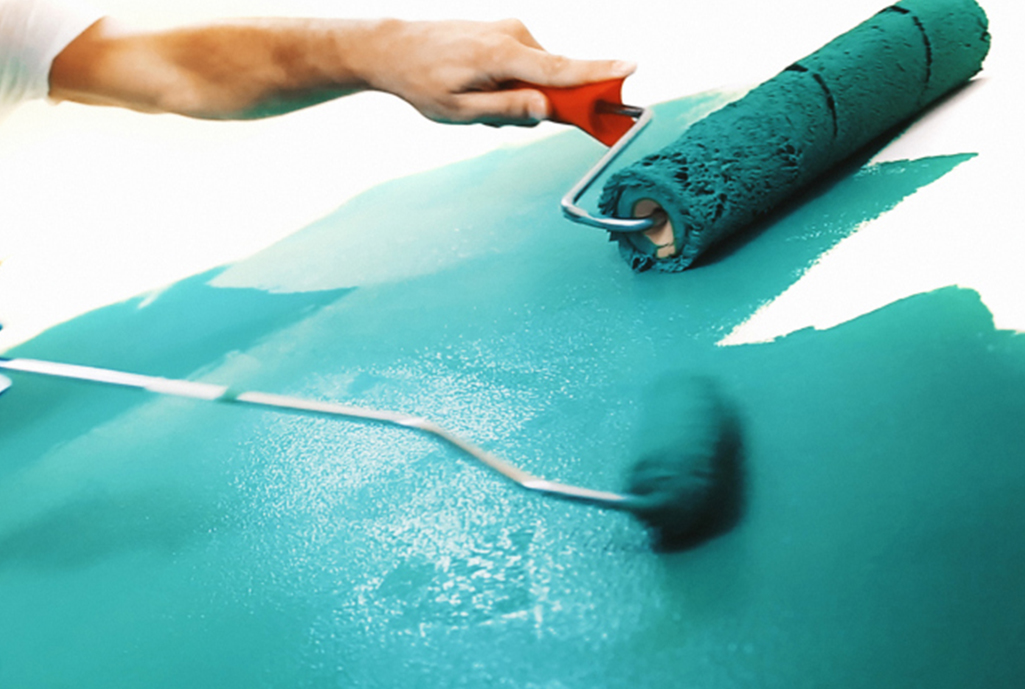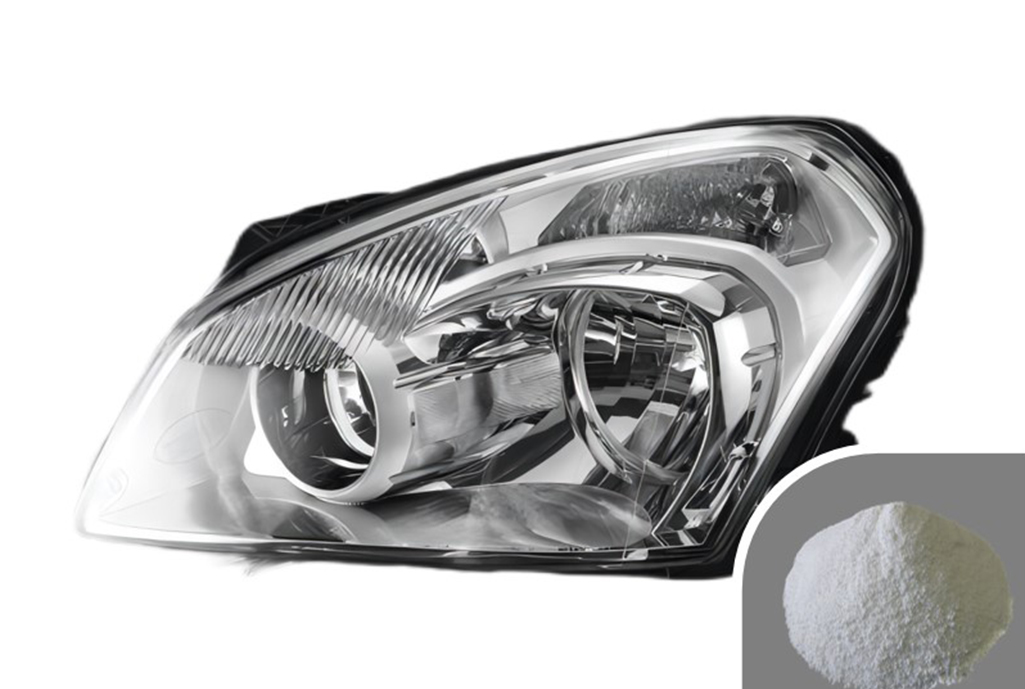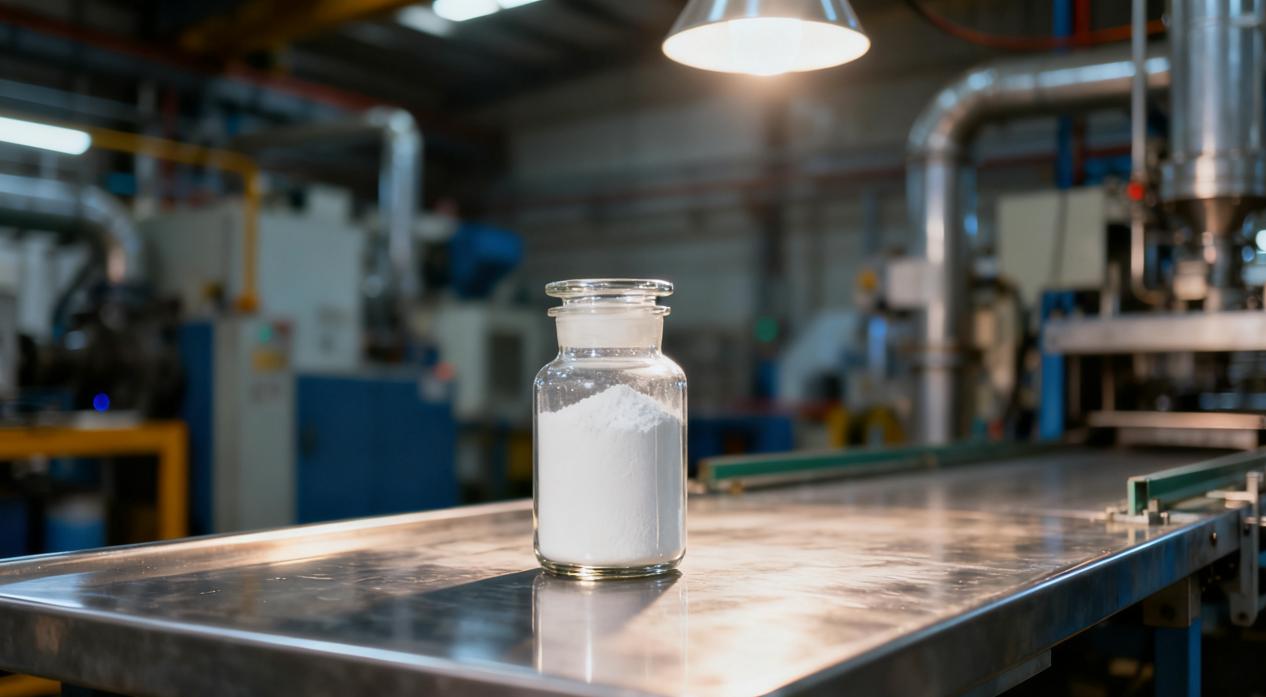What is the purpose of using additives in polyester?
2025-09-23
Polyester, a versatile and widely used synthetic polymer, is a cornerstone of modern industry. From textiles and packaging to automotive parts and medical devices, its applications are vast. However, the raw, unmodified polymer often lacks the specific properties required for these diverse uses. This is where additives come into play, serving as a powerful tool to tailor polyester's characteristics, optimize its performance, and expand its functional scope.
The purpose of using additives in polyester is multifaceted, driven by the need to overcome inherent limitations and introduce new functionalities. These Functional Additives For Polyester are not mere fillers; they are precision-engineered compounds that react with or become integrated into the polymer matrix, fundamentally altering its physical, chemical, and aesthetic properties.
Key Purposes of Additives
The primary reasons for incorporating additives into polyester can be categorized into several key areas:
1. Enhancing Performance and Durability
-
Thermal and Oxidative Stability: Polyester is susceptible to degradation from heat and oxygen, especially during high-temperature processing or prolonged use. Antioxidants and heat stabilizers are added to prevent this degradation, ensuring the polymer maintains its mechanical strength, color, and integrity over its lifespan. This is critical for applications like high-performance fabrics and durable consumer goods.
-
Flame Retardancy: For applications requiring fire safety, such as upholstery, carpets, and insulation, flame retardants are essential. These additives work by disrupting the combustion process, either by releasing non-flammable gases, forming a protective char layer, or cooling the material, thereby preventing or slowing the spread of fire.
-
UV Resistance: Exposure to ultraviolet (UV) radiation from sunlight can cause polyester to yellow, become brittle, and lose strength. UV stabilizers and light absorbers are incorporated to protect the polymer from this damage, making it suitable for outdoor applications like awnings, automotive interiors, and geotextiles.
2. Modifying Physical and Mechanical Properties
-
Nucleating Agents: In semi-crystalline polymers like PET, the rate and extent of crystallization are crucial for achieving desired properties like transparency or rigidity. Nucleating agents provide sites for crystal growth, leading to faster crystallization times and a more uniform crystalline structure. This is vital for increasing productivity in molding processes and improving the clarity of bottles and films.
-
Impact Modifiers: To improve toughness and resistance to shattering, especially at low temperatures, impact modifiers are added. These elastomers or rubber-like particles absorb energy from impacts, preventing cracks from propagating through the material.
-
Plasticizers: While less common in general polyester, plasticizers can be used to increase flexibility and workability, particularly in specialized applications where a softer, more pliable material is needed.

3. Enhancing Aesthetics and Processing
-
Colorants and Pigments: To achieve a vast spectrum of colors, pigments and dyes are added to the polyester melt. These are meticulously chosen to be heat-stable and resistant to fading, ensuring the final product's color remains vibrant and consistent.
-
Optical Brighteners: To make white polyester textiles appear whiter and brighter, optical brighteners are used. These additives absorb UV light and re-emit it as visible blue light, counteracting any yellowish tint.
-
Processing Aids: These additives, such as lubricants and mold release agents, reduce friction during processing, improve melt flow, and prevent the polymer from sticking to processing equipment. This increases efficiency, reduces energy consumption, and enhances the quality of the final product.
4. Introducing Specialized Functionalities
-
Antimicrobial Agents: For medical textiles, sportswear, and home furnishings, antimicrobial additives are used to inhibit the growth of bacteria, fungi, and other microorganisms, providing hygienic properties and reducing odors.
-
Antistatic Agents: Polyester can build up static electricity, which attracts dust and can be a nuisance in textiles or a hazard in electronic applications. Antistatic agents work by increasing the surface conductivity of the polymer, allowing the charge to dissipate.
-
Fillers: Mineral fillers like talc or calcium carbonate can be added to improve stiffness, dimensional stability, and reduce cost. They can also enhance thermal conductivity and act as reinforcing agents.
In conclusion, the strategic use of Functional Additives For Polyester transforms a basic polymer into a sophisticated, high-performance material. This chemical "fine-tuning" is essential for meeting the stringent demands of modern manufacturing and innovation. Without these critical components, polyester's widespread utility and diverse applications would be significantly limited. The ability to precisely control and enhance its properties with additives is what truly makes polyester one of the most important materials of our time.




















